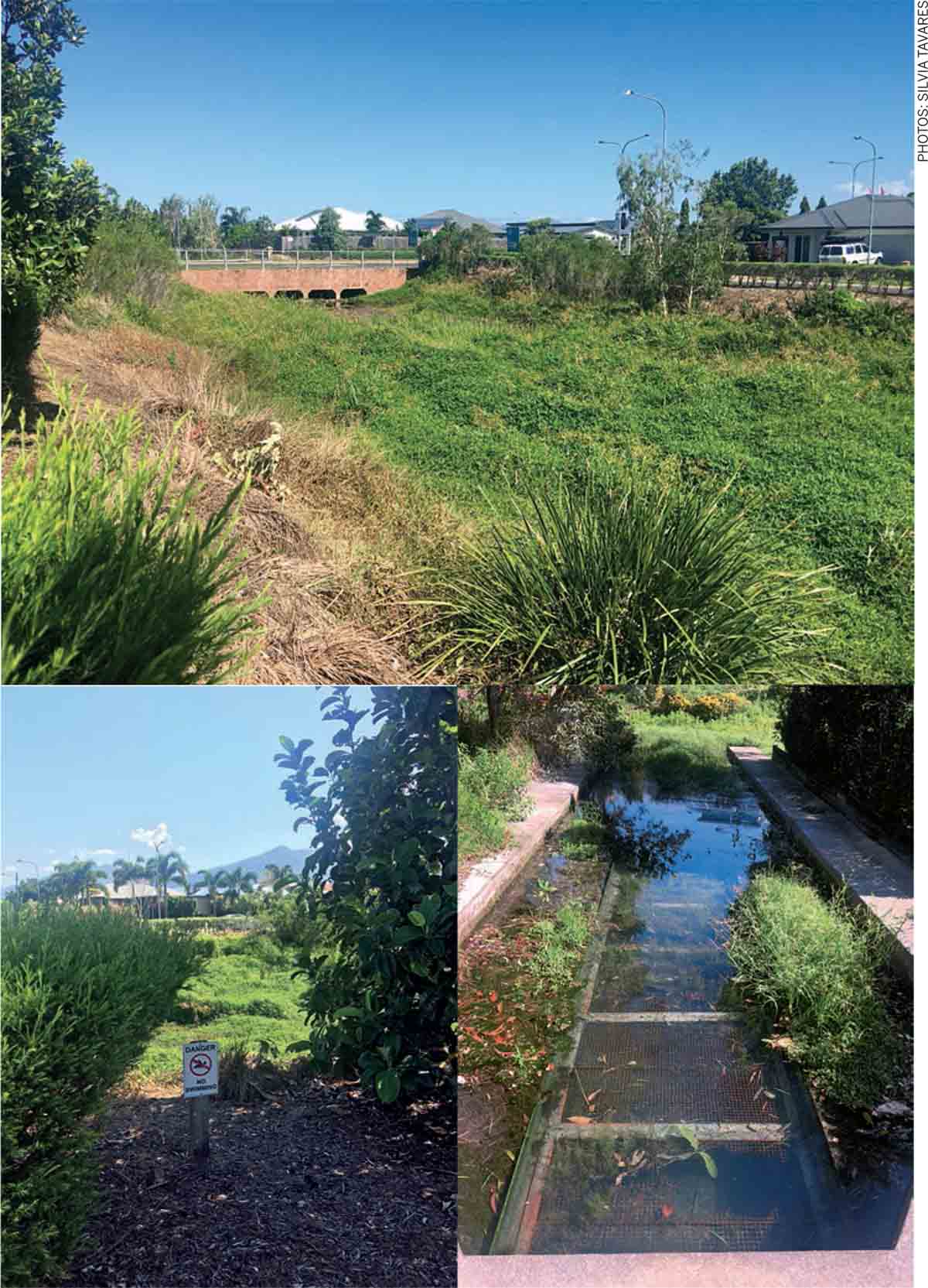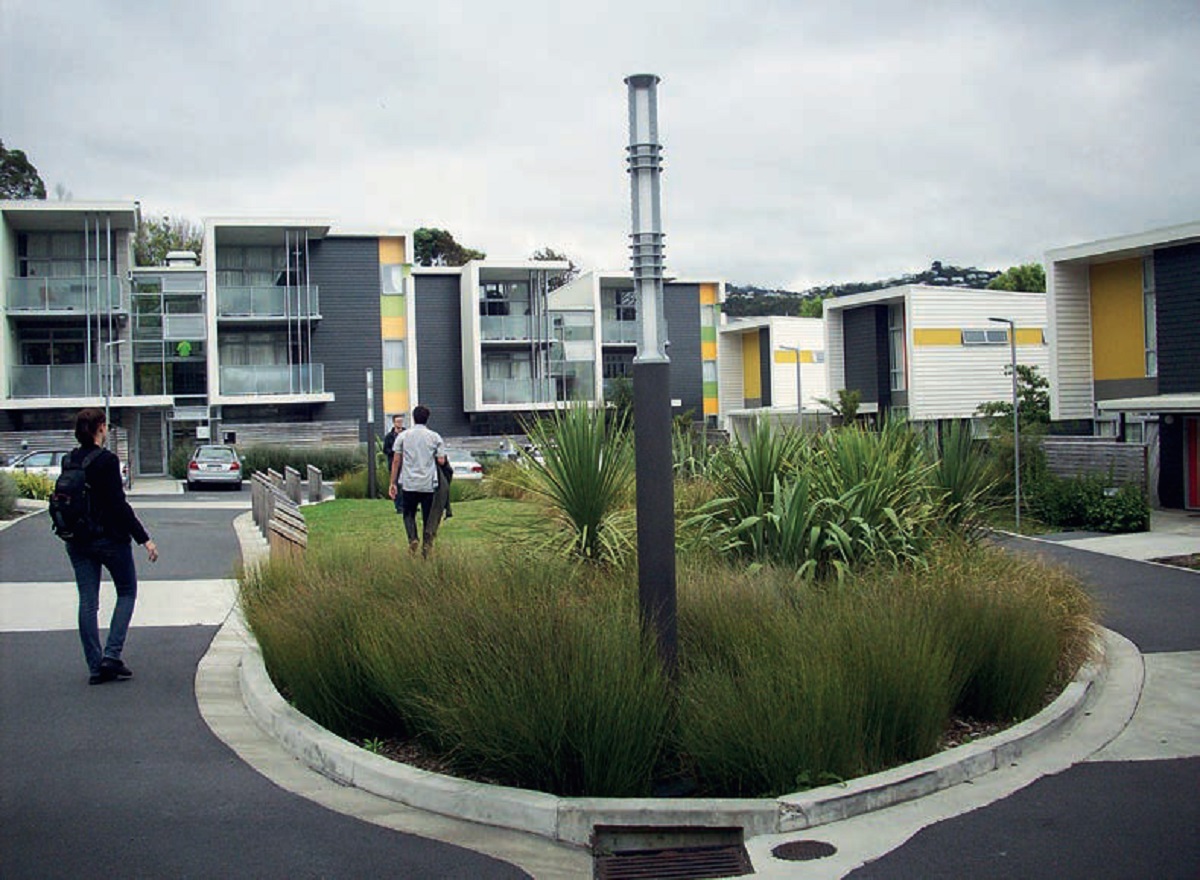Urbanisation plays an important and definitive role in rising temperatures and water pollution. Even though cities cover a very small portion of the earth’s surface (around 2%), urban areas account for 71% to 76% of the world’s carbon dioxide and around 80% of total greenhouse gas emissions. On the other hand, UN Habitat points out that the same urban environments are at risk due to extreme weather events, increasing downpours and urban floods, which are consequences of climate change and add to the pressures on urban infrastructure. The latter is to be understood as a system providing not only circulation facilities (roads, streets, rail tracks, etc) but also amenities such as sewers, gas, electricity, waste and water treatment.
While scientists recognise the impacts of climate change and the threats of excessive pollution and waste, the main problem is that our oceans have for a long time been treated as a dumping ground and landfill for urban waste. As Tim Beatley explains in his book Blue Urbanism: Exploring Connections Between Cities and Oceans, “We have designed our cities to take advantage of the vastness of the ocean, believing that we could deposit anything with impunity.” Although several voices have raised awareness (e.g. the legendary Greenpeace Association), cities should still more consciously acknowledge that their footprints go beyond their own communities. Most of them still need to develop policies and better strategies that consider their impact on water streams and oceans.
The case of Cairns, an east coast Australian city, exemplifies this situation.
Significantly located between two natural World Heritage sites: the Great Barrier Reef and the Daintree Rainforest, its urban layout is the same as that of most Australian cities. It is based on a grid system with wide streets, mostly with little or no greenery. Of course, there are urban parks, green pockets, some footpaths and the very famous Esplanade, which is a developed walkway providing both a luxuriant natural environment and some equipment to practice sport, eat and participate in cultural activities (Image 1).
The Cairns Regional Council has been proactive in developing guidelines for tropical building design, which has contributed to drawing attention to specific challenges that are to be found in tropical environments. However, these guidelines are insufficient when considering the city’s relationship with the ocean and rainforest. The Cairns Plan outlines in its strategic outcomes that the region’s natural environment, resources, ecological processes and biodiversity values must be protected. It also emphasises that development must consider the impacts of natural hazards and is located and designed to avoid putting people, property and the environment at risk.

PHOTO: SILVIA TAVARES

Even though the planning scheme aims for these outcomes, the new Cairns Masterplan admittedly attempts at enhancing the tropical landscaping but does not specify the services provided by this tropical landscaping, i.e. stormwater retention, filtering pollutants, protection from coastal hazards and so forth. On the other hand, Cairns has previously implemented good examples of Water Sensitive Urban Design (WSUD), such as the Smithfield Village Development (Image 2, 3, 4). Finalised in 2007, it counted on systems designed to work as the natural environment and stormwater treatment before it reaches the Great Barrier Reef Marine Park. Today, the lack of maintenance raises questions about its efficiency.
Other existing elements that have the potential to provide ecological services and contribute to air and water quality are placed in some isolated areas and along highways, but rarely as an intrinsic urban design feature. This is unfortunate because to be efficient the urban infrastructure has to work as a system, instead of a collection of separated elements. In the same way, knowing that Cairns faces many challenges related to the impacts of climate change, including sea level rise and ocean warming, there is still a need for more comprehensive urban infrastructure strategy to deal with these imminent changes.
While important research focuses on the Daintree Forest and the Great Barrier Reef themselves, not much has been discussed about how the surrounding urban areas influence these natural environments. Similarly, little is known about how urban planning and design contribute to the health of the inner city and surrounding water bodies, including the ocean. But there is hope and it resides in integrated urban design.
Essentially, integrated urban design provides a system in which the three layers that constitute urban infrastructure: green (parks, residential gardens, rain gardens, vegetated wetlands, woodlands, wildlife habitats, green roofs and walls, bioswales, etc), grey (built drains, footpaths, buildings, underground vacuum system, etc), and blue (streams, stormwater systems, etc.), are designed and strategically developed to interact with one another. An integrated urban design approach focused on green and blue infrastructure supports the protection of wilderness and native species, maintains natural ecological processes, air and water resources and quality, and contributes to health and quality of life. This approach can, therefore, provide multiple services including climate and disaster resilience, water quality, improved public health, food and urban agriculture. In addition, it can connect communities to the water bringing them closer and highlighting the ocean as an integral part of the urban system. Feeling more connected to the ocean, people are more likely to take ownership and care about its protection.

PHOTO: KARINE DUPRÉ
There are, however, arguments for not implementing such an integrated approach. Common justifications include costs of implementation and maintenance and the fact that some of these blue and green urban elements may slow the flow of water, which can be prejudicial and cause floods during the rainy season. There are a variety of urban solutions to retain and treat stormwater, including rain gardens (Image 5), bioswales, green roofs and walls and wetlands where appropriate. Perhaps some of these elements would not confirm a connection between cities and oceans, but they can contribute significantly to reducing polluted discharge that affects marine life in the waters around urban areas. Densely vegetated wetlands, in particular, can be planned and serve both as a natural habitat for native species and as a buffer zone to help prevent floods while extracting pollutants from water.
Finally, research shows that planning, designing and creating climate-resilient cities that are energy-optimised, revitalise urban landscapes and restore and support ecosystem services, is a major challenge on the planning scale. Cities and towns that promote urban protection and resilience while minimizing negative impacts of urban development and restoring natural systems, can only be achieved if planners and designers are able to anticipate the risks and develop an action plan strategy.
This means effective green and blue infrastructures that increase the quality of urban environments while protecting the ocean and marine life.
It can also help to manage future risks associated with climate change such as sea level rise and extreme weather events. Uncertainties associated with green infrastructure capacity and maintenance costs, combined with inflexible finance schemes at the national and sometimes local level, are obstacles to the implementation of these integrated strategies.
On the bright side, there are examples which show that robust policy can be instrumental to success, particularly through technical guides based on scientific research, standards and financial incentives. Cairns is an interesting example of the potential of integrated urban design, as it is a tourist destination and an expanding city. The city itself has stepped up with some stunning blue infrastructure on the Esplanade that raises awareness of both locals and visitors about the connection and protection of our blue environment (Image 6).



Comments (0)